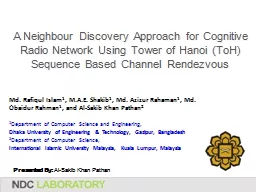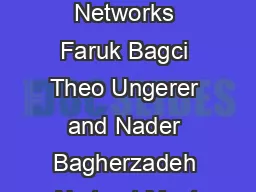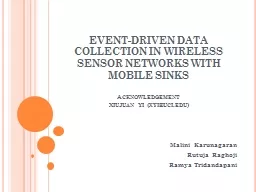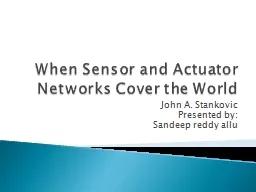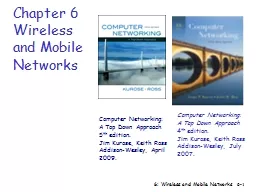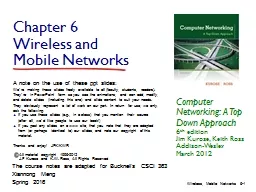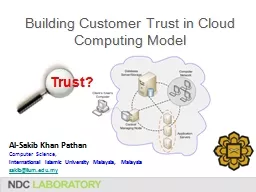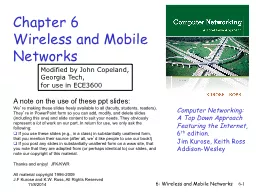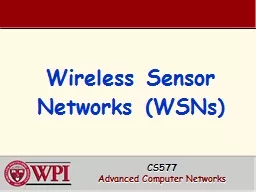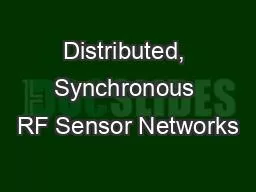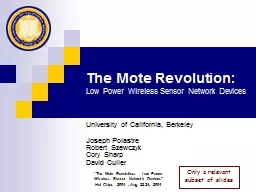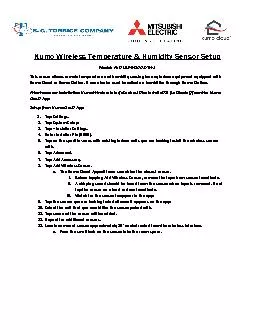PPT-Smartening the Environment using Wireless Sensor Networks i
Author : tatiana-dople | Published Date : 2016-07-15
Presented By Al Sakib Khan Pathan A Neighbour Discovery Approach for Cognitive Radio Network Using Tower of Hanoi ToH Sequence Based Channel Rendezvous Md
Presentation Embed Code
Download Presentation
Download Presentation The PPT/PDF document "Smartening the Environment using Wireles..." is the property of its rightful owner. Permission is granted to download and print the materials on this website for personal, non-commercial use only, and to display it on your personal computer provided you do not modify the materials and that you retain all copyright notices contained in the materials. By downloading content from our website, you accept the terms of this agreement.
Smartening the Environment using Wireless Sensor Networks i: Transcript
Download Rules Of Document
"Smartening the Environment using Wireless Sensor Networks i"The content belongs to its owner. You may download and print it for personal use, without modification, and keep all copyright notices. By downloading, you agree to these terms.
Related Documents

